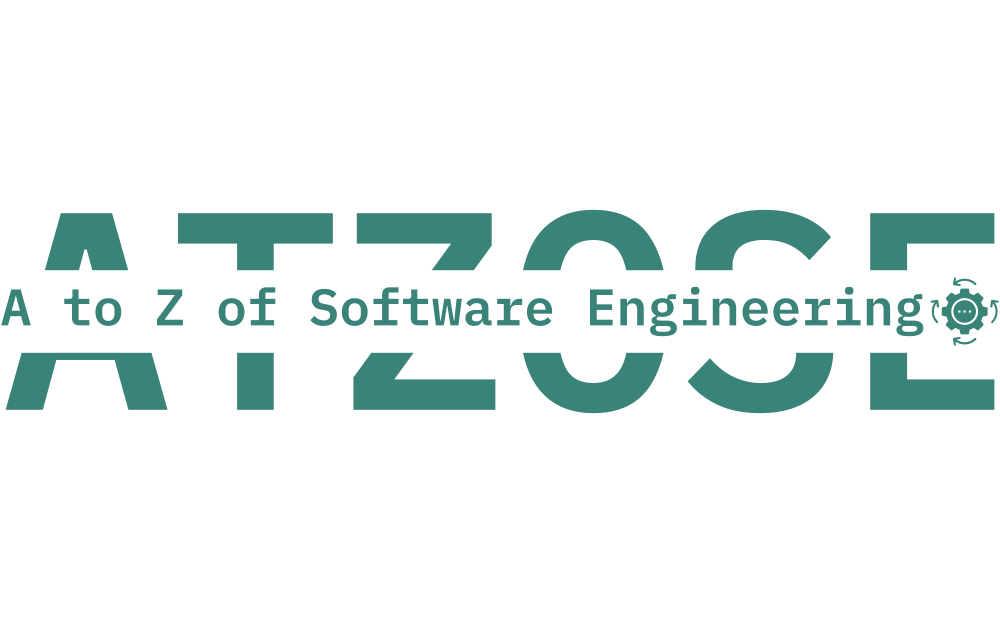Apache Cassandra is a free and open-source, distributed NoSQL database management system designed to handle massive amounts of data across multiple commodity servers while providing fault tolerance and high availability. It was initially developed at Facebook and later open-sourced in 2008, becoming an Apache Software Foundation project.
Key Features
- Scalability: One of the defining features of Apache Cassandra is its ability to scale both horizontally and vertically. Horizontal scalability is achieved by adding more machines to the cluster, allowing for seamless expansion as data volumes grow. Vertical scalability, on the other hand, enables increasing the computing power of individual nodes.
- High Availability: Cassandra ensures high availability through its distributed architecture and data replication across multiple nodes. The data is automatically partitioned and replicated, ensuring that no single point of failure exists. This guarantees that even if some nodes go down, the database remains accessible and data integrity is maintained.
- Flexible Data Model: Unlike traditional relational databases, Cassandra offers a flexible data model known as a column-family. This allows for dynamic schema modifications and the storage of a vast amount of unstructured or semi-structured data types. It enables real-time applications to handle complex and heterogeneous data requirements.
- Tunable Consistency: Cassandra provides tunable consistency, allowing developers to configure consistency levels on a per-operation basis. This feature ensures that data consistency is maintained based on application-specific requirements. It provides a fine balance between consistency, availability, and partition tolerance in the CAP theorem.
Benefits
- Linear Scalability: Cassandra’s distributed nature allows it to handle a massive amount of data while maintaining linear scalability. This means that as the cluster grows, the system’s performance increases proportionally, without any degradation in read and write operations.
- High Performance: Cassandra is built to deliver high-performance results, especially in write-heavy workloads. Its distributed nature and data replication across nodes ensure that write operations are highly efficient and can be performed at a massive scale.
- Fault Tolerance: With its peer-to-peer architecture and data replication, Cassandra offers excellent fault tolerance. It can handle the failure of nodes or even entire data centers without compromising the availability or durability of data.
- Flexibility and Elasticity: Cassandra’s flexible data model allows for easy modification and expansion of the database. It can adapt to changing business needs and accommodate different data types and structures effortlessly.
Use Cases
- Big Data and Analytics: Apache Cassandra is widely used for big data and analytics applications, where massive volumes of data need to be stored and processed quickly. Its distributed architecture and linear scalability make it a perfect fit for such use cases.
- IoT Data Management: As the Internet of Things (IoT) continues to grow, Cassandra’s ability to handle large amounts of sensor data and its scalability become invaluable. It can store and process real-time data from millions of devices, making it an ideal choice for IoT deployments.
- Financial Services: Cassandra is used extensively in the financial services sector, where high throughput and availability are critical. It is utilized for fraud detection, real-time risk analysis, and transactional data storage, providing a reliable and scalable solution.
- Social Media and Messaging Platforms: Many social media platforms and messaging applications rely on Cassandra for their backend infrastructure. Its ability to handle high write volumes and provide low-latency access to data make it a popular choice in this domain.
In conclusion, Apache Cassandra is a powerful NoSQL database that has revolutionized data management in the era of big data. Its scalability, high availability, flexible data model, and numerous benefits make it a preferred choice for various use cases. Whether it’s handling massive amounts of data, supporting real-time applications, or ensuring fault tolerance, Cassandra proves to be a robust and reliable solution in the world of NoSQL databases.
Note: This article provides a high-level overview of Apache Cassandra in the NoSQL era. For more in-depth technical details and implementation guides, please refer to Apache Cassandra’s official documentation and resources.
Please do not forget to subscribe to our posts at www.AToZOfSoftwareEngineering.blog.
Follow our podcasts and videos available on YouTube, Spotify, and other popular platforms.
Have a great reading, viewing, and listening experience!





























Leave a comment